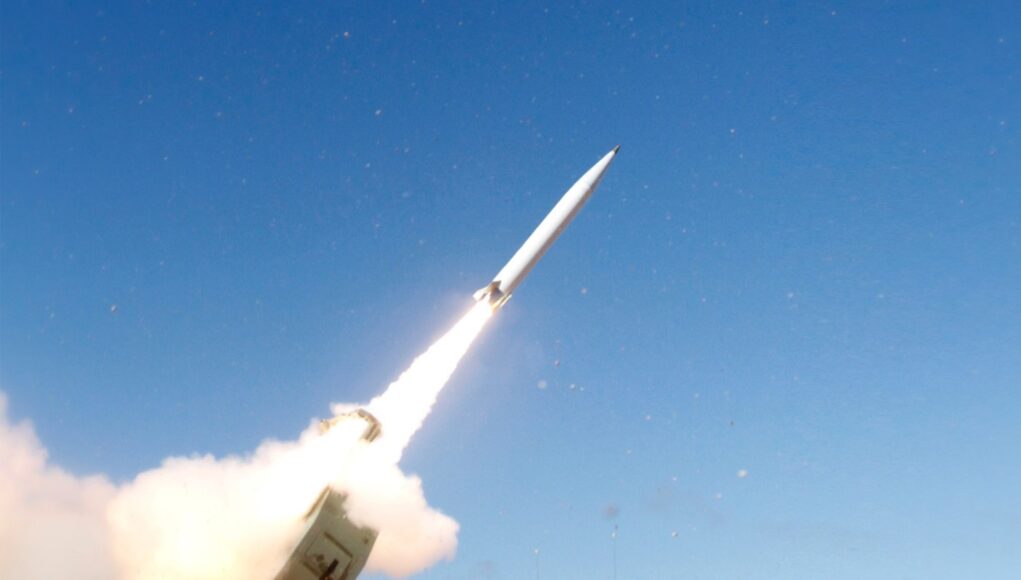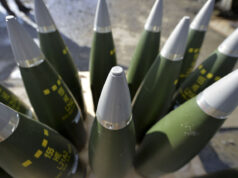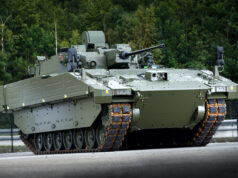The U.S. Army has completed a series of soldier-led flight tests of Lockheed Martin’s Precision Strike Missile (PrSM) at White Sands Missile Range in New Mexico, demonstrating the system’s readiness and compatibility with multiple launcher platforms, according to the company.
During the September trials, soldiers launched missiles from both a HIMARS and an M270A2 Multiple Launch Rocket System, marking the first time multiple rockets were fired from both platforms.
Lockheed Martin stated that the tests validated the Army’s ability to employ PrSM across its launcher fleet and represented a key milestone in the service’s modernisation priorities.
“This milestone validates the soldier’s ability to fire PrSM from all platforms in the U.S. Army inventory and certifies mission readiness,” said Carolyn Orzechowski, Vice President of Precision Fires Launchers and Missiles at Lockheed Martin. She added that the programme leverages digital technologies to accelerate development, testing and fielding.
According to the company, the tests met success criteria for lethality, range and accuracy, demonstrating extended-range capability and reliability across launch systems. Lockheed Martin described PrSM as a next-generation, long-range precision strike weapon designed to engage targets beyond 400 kilometres, using an open systems architecture and modular design intended to support future upgrades.
The company characterised the programme’s progress as the result of close collaboration with the U.S. Army, highlighting its focus on speed, agility and partnership in advancing precision fires modernisation.













The British Army had plans in place for this as part of our Deep Fires expansion.
Which is one reason why all the new missile programs this government have announced concern me.
One, are they mere window dressing?
Two, this was in place, fund it and buy it.
Three. Will those other programs, if they progress, drain the budget and leave the Army with nothing?
I’d rather have a US weapon that works than HMG propaganda on weapons that don’t exist, thank you.
There’s been very little on the Deep Fires program, other than what can be assumed. The first assumption was that the Army would be getting the precision strike missile (PrSM), as that’s been talked about in Army circles as part of the M270 upgrade. However, then there was the piece about the collaboration with Germany, on a 2000km plus weapon. Which was initially believed to be a cruise missile, but seems to be leaning more towards a ballistic missile. If true, then it will be far to big for the M270 launcher. It would need a vehicle much like the 8×8 truck used by Russia to launch Iskander, perhaps even bigger. But there’s also the link up with MBDA on the ballistically launched Brimstone. Where IIRC, it marries the CAMM rocket motor with the Brimstone font end. Depending on the which version of CAMM, the length of the rocket motor could give the weapon a precision strike range well over 100km. The warhead size and distance is step down in capability from the PrSM though.
It seems the Army could be getting three additional ballistic missiles, that have increases in performance and capability. It’s the UK/German one that peaks my interest. As we’ve never really had that capability before. Could it be similar to the new US OpFires or long range hypersonic weapon missiles?
Hi Davey.
Thanks for this. When the reports first came out regards the Anglo German effort, I visualised the old GLCM at Greenham and Molesworth, launchers trundling about SPTA.
Quite a capability as you say.
As Jonathan has said to me before, and to which I agree, regards all this stuff. When the nuts and bolts details such as who will actually operate this stuff, the barracks, the specialised storage for the weapons, the doctrine, and then actual money to buy the things appears, then I’ll believe it.
I’d assume the Royal Artillery are the obvious candidates.
Till then, just spin from HMG for me.
Yes, all definitely operated by the Royal Artillery.
What I do know is that the MBDA Land Precision Strike (CAMM+Brimstone) will need to no more than 4m long. Any longer it won’t fit the pod launcher of the M270. The PrSM is also about 4m long and seems an obvious choice for upping the lethality of the M270.
The Government have labelled the German/UK 2000km range missile as the Deep Precision Strike Weapon. At 2000km (1242 miles), this is roughly in the same ballpark as the Tomahawk land attack missile (TLAM). As we all know, TLAM is a long range cruise missile and not a ballistic missile. Logically the Deep Precision Strike weapon would be a cruise missile, as both Germany and the UK have experience with designing and building cruise missiles, i.e. Storm Shadow and Taurus. Whereas, neither have much experience with ballistic missiles. But experience from Ukraine has shown that ballistic missile are more difficult and more expensive to intercept, rather than subsonic cruise missiles.
Back to the Future….a modern day, very long ranged LANCE.